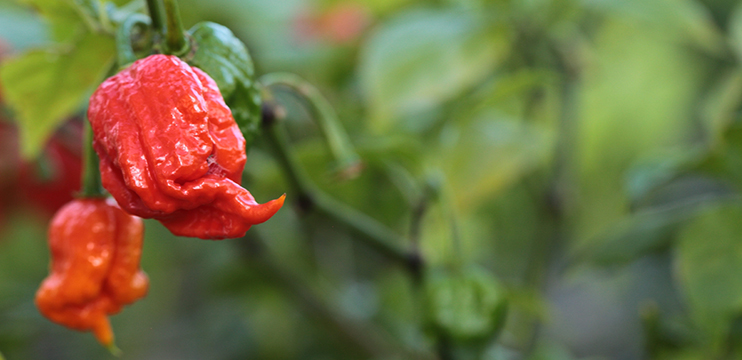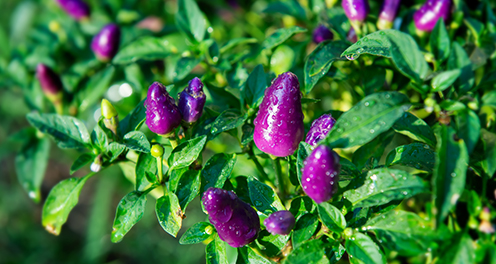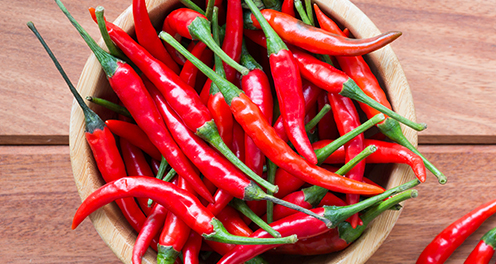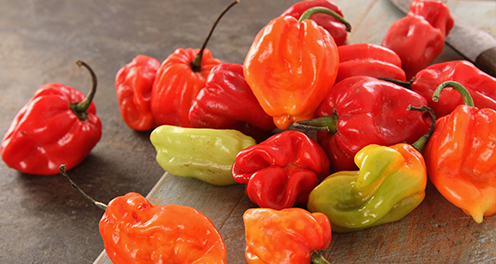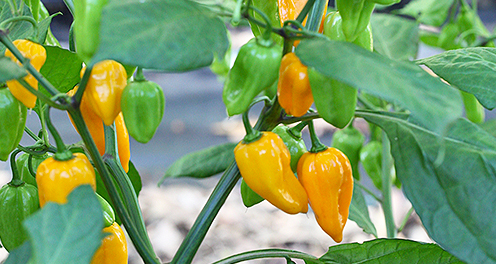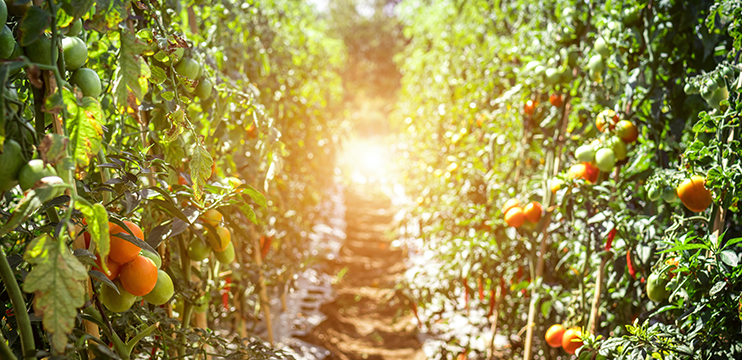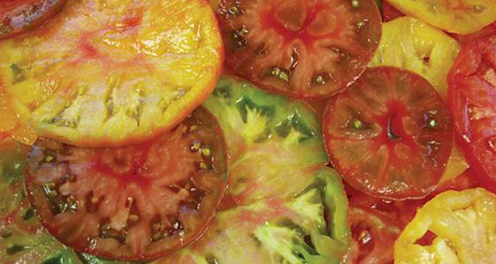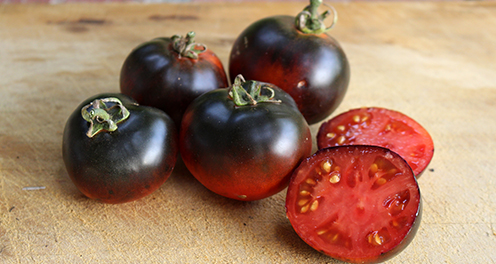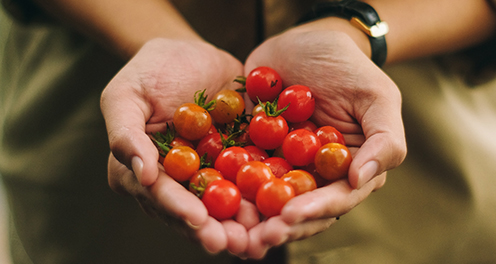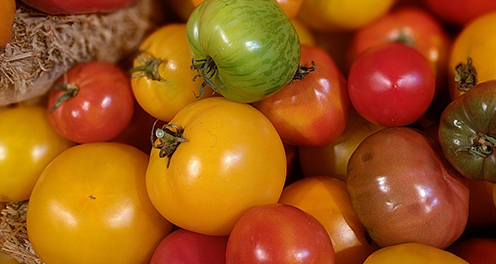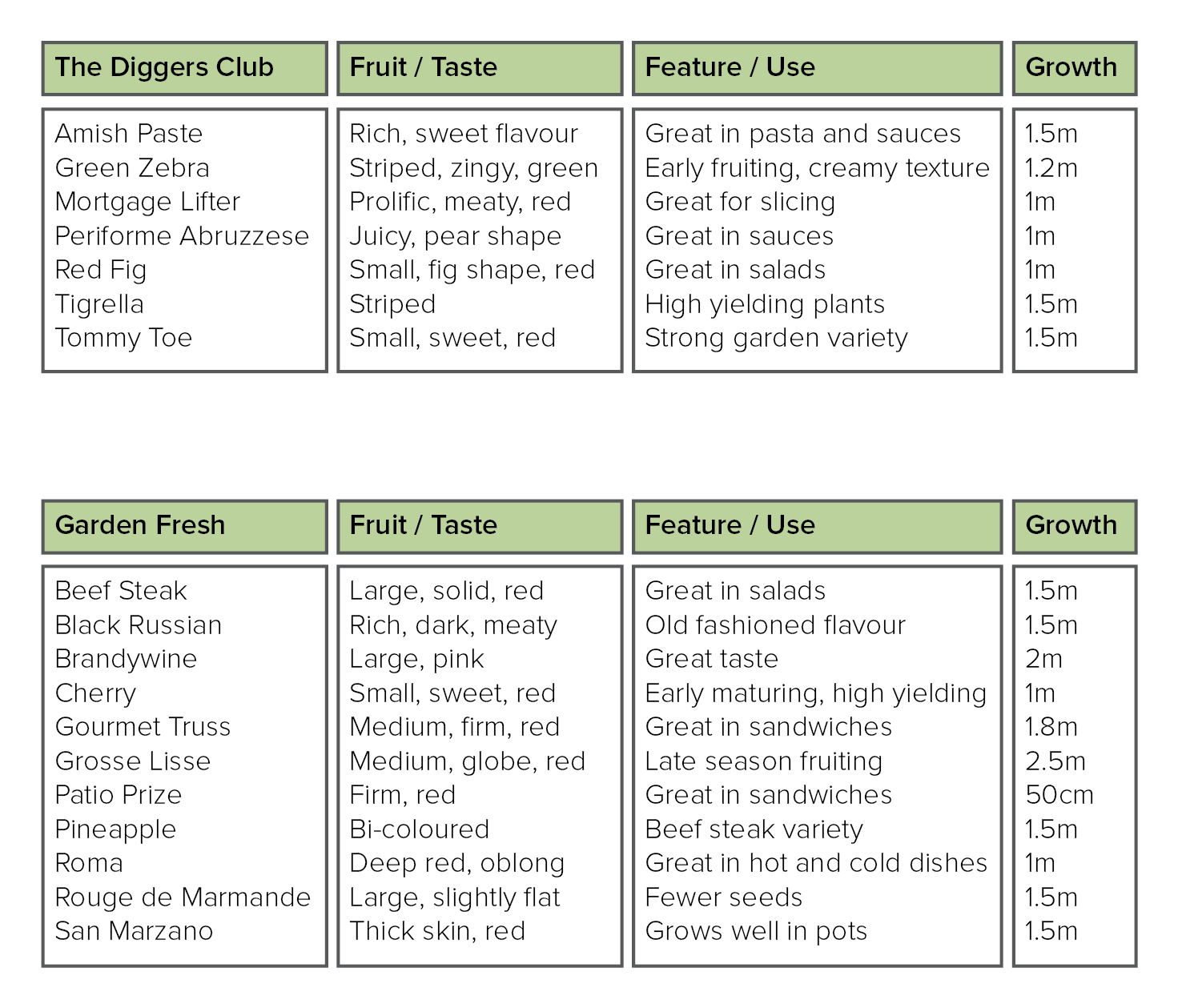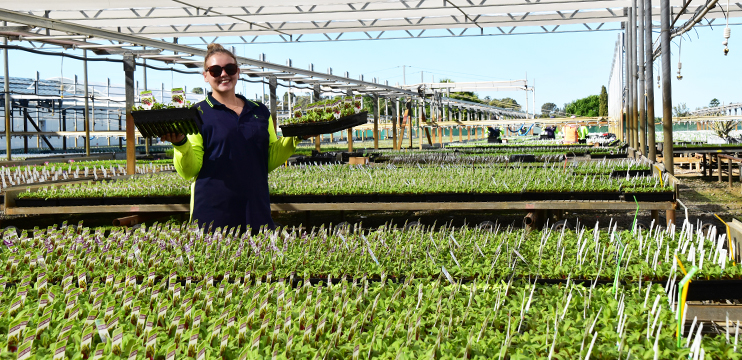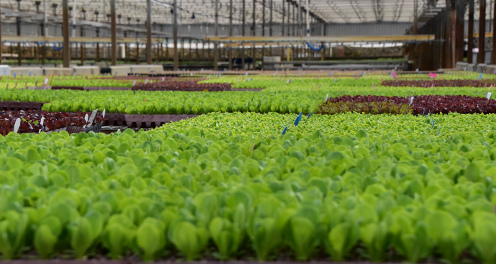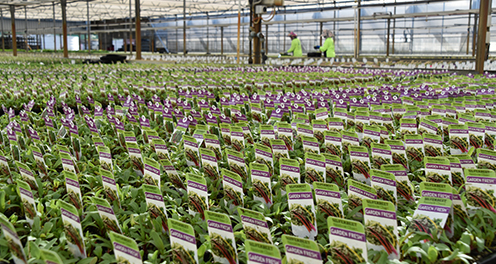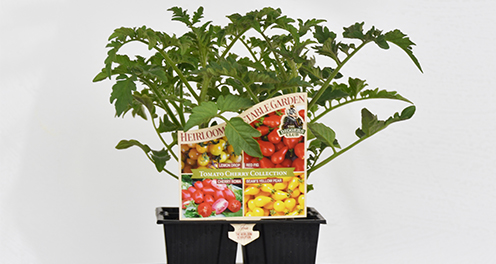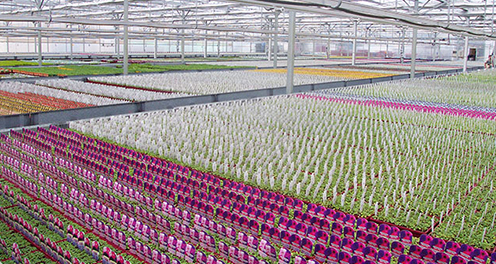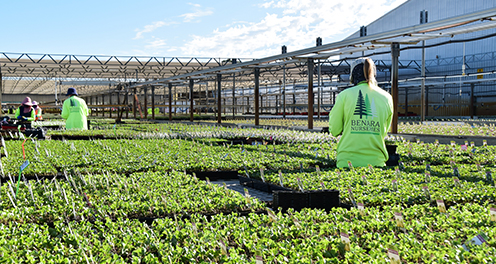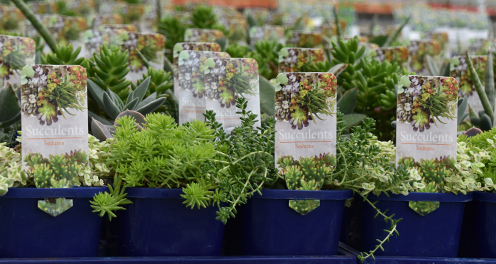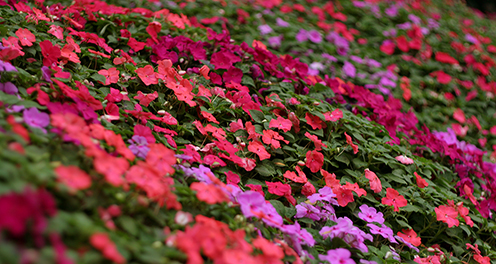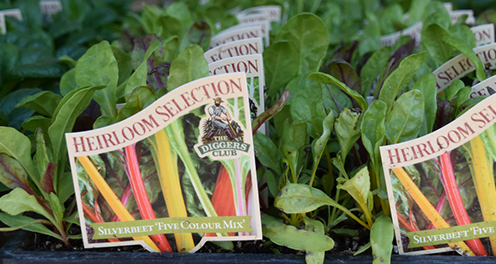Add a little fire to your edible garden with a chilli plant.
Thought to have been first harvested for their flavour in 7500 BCE, chilli plants have endured as a fascinating and collectible plant around the world. Today, thanks to extensive hybridisation and intricate selection methods, chilli plants now come in countless varieties and make great ornamental additions to your vegetable patch.
Chilli plants are multi-branched, semi-woody small shrubs, generally rounded in shape, and certain varieties can continue to produce fruit for several years.
The fruits of chilli plants are typically green while young, with some pods changing colour as they mature.
Certain chilli fruits will remain green through to fully ripening – such as the popular Jalapeno – while others turn yellow (Mild or Trinidad Scorpion), orange (Habanero), red (Scotch Bonnet Red or Long Cayenne) and even purple (Maui Purple or Purple UFO). For those wanting to experience the spectrum of colours, opt for a Chilli Twilight Rainbow plant, or enjoy the alternating striped pods of Chilli Fish Pepper.
Chilli fruits also come in an assortment of shapes. The most recognized varieties are typically tapered, and can be small (Serrano) or lengthy. Some are slightly ribbed or more closely resemble a capsicum/bell shape. Others still, are even more unusual, such as the wrinkled appearance of Bhut Jolokia (or Ghost Chilli).
Chilli is used in a wide variety of cuisines – most typically Thai, Indian, Chinese, Columbian, Sri Lankan, Mexican and Indonesian cooking. Studies have shown that consuming certain spices such as chilli at least once a day can improve overall health, by speeding up metabolism and providing anti-inflammatory properties. Chillies can add a spicy flavour to numerous cooked dishes and sauces. Infuse their heat into dry rubs, marinades, oils and vinegars; or add another dimension to curries, stir fries and even chocolate cakes. The stunning bright yellow fruits of Chilli Aji Pineapple will even emit a beautiful citrus/pineapple smell when chopped.
CAUTION: When preparing chillies for consumption do not touch face or eyes, wear gloves and thoroughly wash hands afterwards.
Always be mindful of heat levels. Since 2013, the famous Carolina Reaper has maintained the Guinness World Record for being the world’s hottest chilli, at up to 2.2 million Scoville Heat Units!

Depending on the variety, chilli plants can either be grown in pots and containers or straight into the garden bed. Certain varieties can even be grown as an indoor plant, providing interest and colour – however, be sure to keep them away from children and pets!
Easy to grow, chilli plants thrive best with plenty of sun, however in hot climates, direct midday sunshine can dry or even burn the leaves. While most chillies are grown as annual plants, in their natural habitat (hot and humid) they are considered perennials. In colder regions of Australia, grow your chilli plants in pots so you can move them according to light levels and protect them from frosts.
Before planting, mix in good quality compost and a complete garden fertiliser. For best results, apply a liquid feed regularly.
Learn more about all available Chillies in our online plant library.

